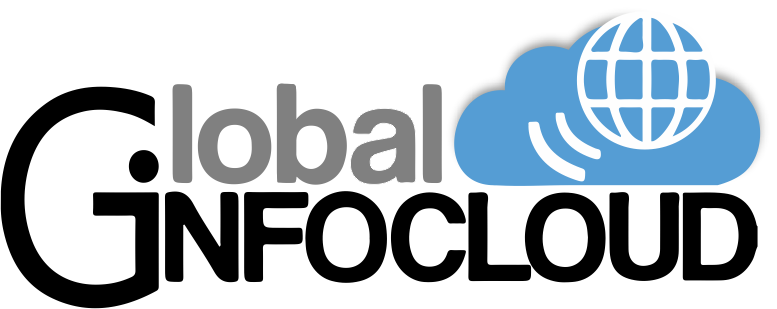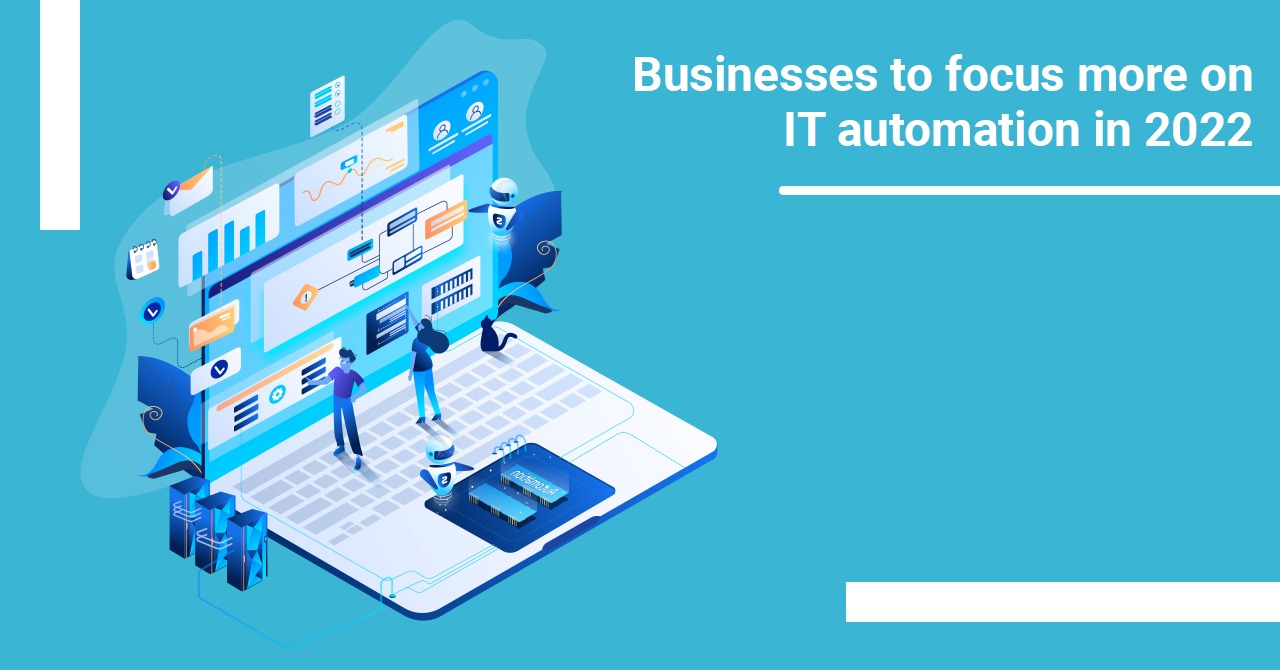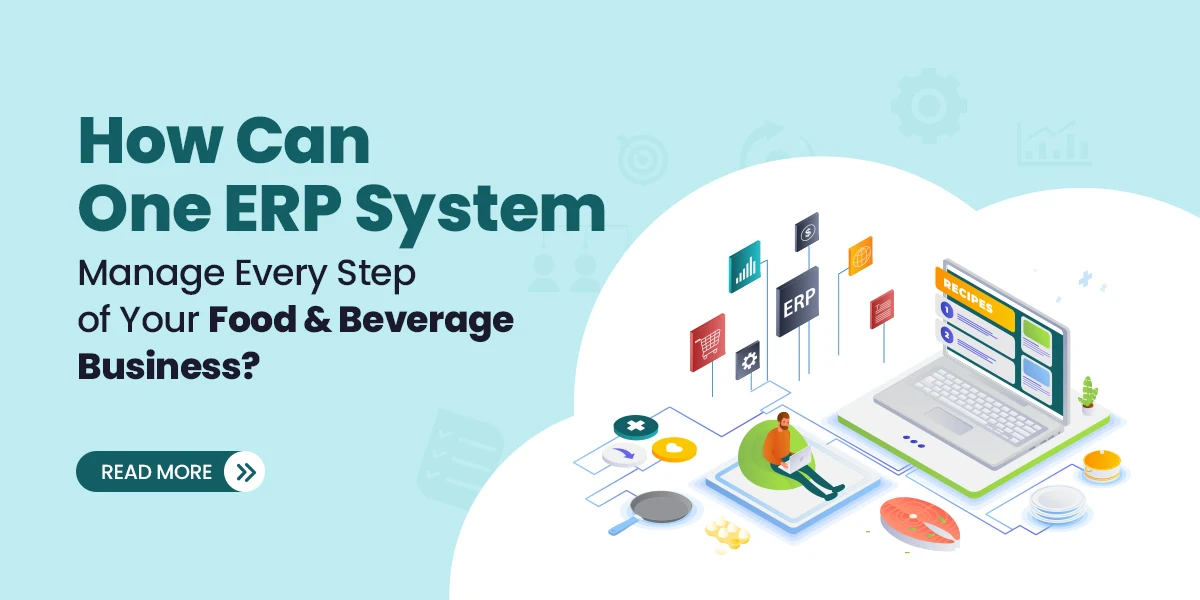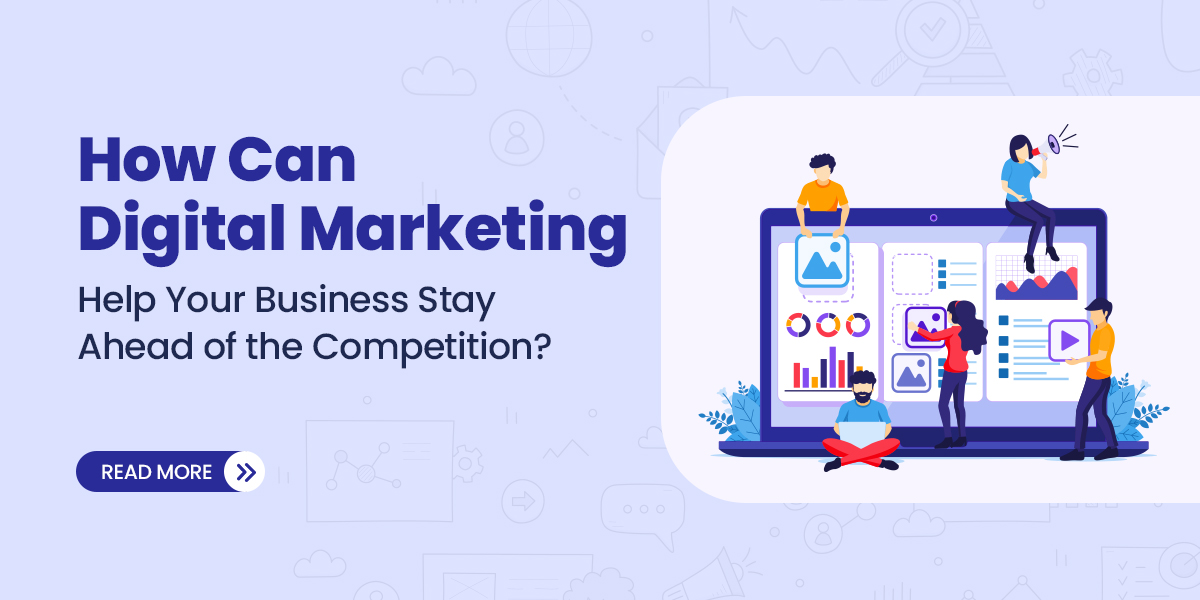Introduction
We’ve witnessed a significant shift in how organizations view automation in recent years, from a technology that reduces tedious chores to an integral component of digital transformation. IT Automation is now referred to as the “new fabric of digital business” by Forrester, and for good cause. This is where critical work gets done within the corporation when automation technologies are knitted together to enhance traditional business applications. With this in mind, it’s probably unsurprising that CIOs cited automation as the top investment that helped them adapt to changing business conditions in a recent Genpact study. And, going ahead, maintaining adaptability will be critical.
When we consider what the year 2022 holds for IT automation, we notice four distinct themes emerge.
Embracing the solutions that are intertwined: During the COVID-19 epidemic, the intelligent automation market has experienced substantial adjustments as segments inside it converge. The lines between process mining, robotic process automation (RPA), low-code workflow platforms, chatbots, intelligent document processing, and artificial intelligence (AI)/machine learning are becoming increasingly blurred. This is referred to as hyper-automation by Gartner. It’s a business-driven, rigorous strategy to identify, vet, and automate as many businesses and IT Automationas feasible. According to Gartner, the market for this software will be worth roughly $860 billion by 2025. As a result, business executives should cease thinking about automation as a collection of discrete components. These technologies, on the other hand, become pieces of the same puzzle that may be used by different parts of the company at the same time.
Business leaders are assuming command: Previously, automation was managed by the IT department, and it would flow down to other business areas. This changed with the introduction of low-code development platforms that do not necessitate coding knowledge. By putting IT automation in the hands of business leaders, they can create cross-functional teams that can quickly transform data into insight and action. And the most effective executives constantly link their investments to business gains, because they understand how automation will assist the company, its customers, and employees in the coming year.
The customer/employee experience that is linked: Employees’ happiness is improved and they are now able to devote more time to higher-value collaborative and creative activities. Employees are more likely to stay and help attract the next generation of talent when they feel valued and supported. Employee and customer experience are, of course, inextricably interwoven. Employees who feel empowered will provide better service and experiences to customers. Customers will not tolerate subpar experiences if you don’t make this connection. They want seamless, intuitive, and personalized interactions, or they’ll go elsewhere to spend their money. Integration and orchestration are crucial in this situation. Each layer of the IT automation fabric must operate together in 2022 to give everyone an effortless experience.
The demand for speed is still present: Much has been stated about how the epidemic has speed digital change, which once took years but now takes months or weeks. To stay up with the pace of change, business executives must choose the correct AI/machine learning solutions that have been pre-trained to give a faster return on investment. Working with a partner that can share success stories about IT automating a certain industry or company function is another method to accelerate the process. This is especially significant if a company is just starting on its IT automation journey. To keep up with competitors, they must act rapidly – and the clock is already ticking. To ensure that their organization automates intelligently and in the right ways for their business, enterprise leaders can begin by assessing their automation maturity.
CONCLUSION
Many organizations are focusing on IT initiatives and dedicating more funding to IT Automation. Budgets for IT are increasingly relying on hosted and cloud-based services. By 2023, it is predicted that half of all company workloads would be hosted in the cloud. As a result, the budget for cloud-based technologies, as well as virtualization and operating systems, is expected to climb dramatically in 2022, while the budget for on-premises servers is expected to decrease. In today’s fast-paced world, IT automation has become a need. As a result, GIC’sgoal is to automate your business so that you can provide an amazing user experience to your customers. Global InfoCloud Pvt. Ltd. located in Pune can help you with software development, online tech solutions, mobility, analytics, and IoT.




